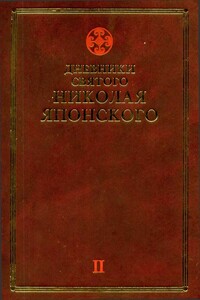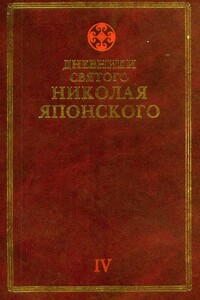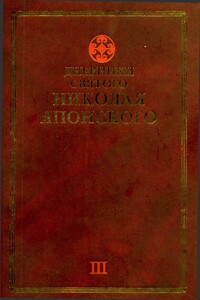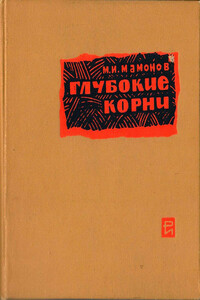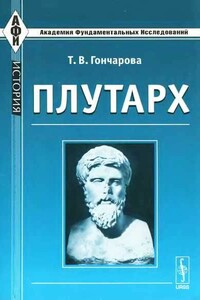Iosif Antonovich Goshkevich
By the middle of 19th century the Tokugawa shogunate was being forced to terminate its Sakoku (’National Seclusion’), which had been adopted in 1639 and maintained ever since. On the 8th of July, 1853, the American Commodore Matthew C. Perry arrived off the coast of Japan with a squadron of four ships, which frightened the Japanese people. Perry demanded that the Japanese government conclude a treaty of amity with the United States. It was the sort of strong pressure from outside which Japan had never experienced for a long time. As a result, in March, 1854, the Kanagawa Treaty of Peace and Amity between the United States and Japan was signed. In August, 1856, the first American consul–general, Townsend Harris, arrived in Japan, reopening the country to the world.
One month and a half after Perry’s visit, on August 22, 1853, the Russian Vice–Admiral Evfimii V. Putiatin arrived at Nagasaki on the flag ship Pallada, accompanied by four other vessels. And next year (1854) he came to Japan again with a single vessel, the frigate Diana. Although Putiatin negotiated with the representatives of the Japanese government peacefully, he had been assigned a task similar to that of Perry — to initiate relations with Japan and to reopen the country.
For the Japanese people, the Russian delegation was also perceived as frightening Kurofune (’black ships’) from abroad. However, in Feburuary, 1855, the Russo–Japanese Treaty of Amity was concluded. Later (in August, 1858) the Russo–Japanese Treaty of Friendship and Commerce was signed.
In September, 1858, Iosif Antonovich Goshkevich (the first Russian consular representative) arrived in Hakodate with his staff. He had previously visited Japan in 1854–1855 as a Chinese–language interpreter for the Russian expeditions under Putiatin.
In July, 1860, Vasilii Makhov, chaplain of the consular chapel, returned to Russia due to ill health. Goshkevich had sent in 1859 through the Asiatic Department of the Ministry of Foreign Affairs a letter requesting the Holy Synod in Russia to send to Hakodate a successor to the post of chaplain. In the letter he wrote that «the chaplain of our church will also be able to promote the propagation of Christianity in Japan». It is worthy of notice that Goshkevich saw the prospect of missionary work in Japan as early as this time, when Christianity was still strictly prohibited throughout Japan.
Goshkevich was the son of a village priest. He was educated at the seminary in Minsk, and graduated from the Theological Academy in St. Petersburg. He
worked in Peking as a member of the Russian Orthodox Mission for nearly 10 years. Upon his return to Russia, he became a member of the Asiatic Department of the Russian Foreign Ministry and (as previously noted) served as the Chinese interpreter for Putiatin during the Russian expeditions to Japan. In Goshkevich, we can find the genesis of Russian Orthodox missionary work in Japan. When he was appointed as the first Russian consular representative in Japan, Goshkevich must have expected that the prohibition of Christianity there would be removed in the near future.
When Vasilii Makhov was about to leave for Russia, Goshkevich must have sensed the opportunity to realize his long–cherished dream. He asked the Holy Synod to send not a chaplain who would merely handle church functions for the consular staff, but a highly–educated missionary who could preach the gospel to the Japanese people.

